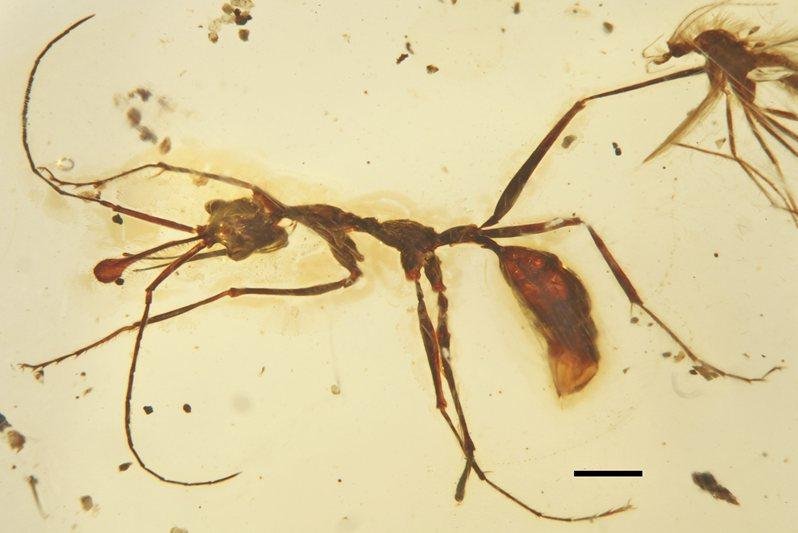NANJING, China, May 31 (UPI) -- The evolutionary success of ants is largely attributed to their social behavior. Tracing the eusocial tendencies of early ant species has proven difficult.
However, new ant fossils from the Cretaceous, uncovered by researchers with the Chinese Academy of Sciences, have offered some clarity on the earliest organizing principles.















